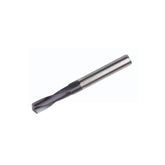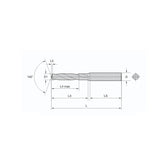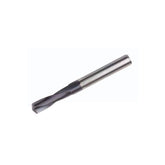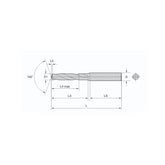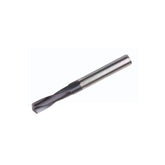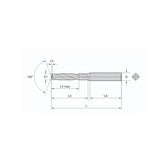Solution | GESAC New Energy Electric Control Box Processing Solution
Solution | GESAC New Energy Electric Control Box Processing Solution
With the rapid development of new energy vehicles, the electric control box—a core component—has seen a significant increase in market demand.

Three Major Challenges in Electric Control Box Processing:
- Deep cavity structures + thin-walled areas: High requirements for vibration and deformation control.
- Densely distributed threaded and fitting holes: Strict demands for dimensional consistency.
- Soft die-cast material: Pronounced tool adhesion issues affecting surface uniformity.
01. Machining Feature: Water Channel Step Surfaces & Outer Contour Sidewalls
For machining water channel step surfaces and outer contour sidewalls, conventional solutions require two end mills. GESAC achieves this with a single end mill:
- Front cutting edges process step surfaces of water channels
- Rear cutting edges handle outer contour sidewall machining

Using the latest SA100-X Series End Mill, featuring:
① Innovative U-Shaped Flute
- Promotes rapid chip curling and evacuation
- Increases chip space for high-efficiency machining

② New TAC Chromatic Coating
- Ultra-smooth surface, high lubricity, low friction coefficient (<0.1), reducing material adhesion
- Cutting speed increased by >20% vs. uncoated tools
- High surface hardness (up to 5000 HV), excellent wear resistance, extended tool life
- Suitable for non-ferrous materials (e.g., aluminum/copper alloys, plastics)

③ High-Gloss Surface Treatment
- Fine coating grains and dense structure enhance coating adhesion and machining stability

02. Machining Feature 2: Inner Cavity Wall Finishing
For tapered inner cavity walls requiring Ra≤1.6 roughness:
- Conventional PCD end mills suffer from low efficiency, vibration, and poor surface quality
GESAC's high-precision corn cob cutter:
- Reduces cutting forces significantly
- Ensures surface quality while increasing efficiency by 150%




Author: GESAC
